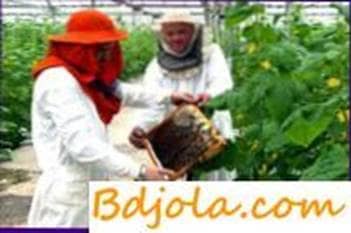
In the years of the initial use of bees for pollination of crops grown in greenhouses, there were many factors that adversely affected bees, for example, greenhouses were of small size, most of them were odnoskatnye, cluttered shelves, which made bees more difficult to orient, led to the weakening and death of bees.
The main reason for the departure of bees in the greenhouses and at that time was the lack of the right amount of fresh pollen (protein feed) in the greenhouses.
Как добыть дикий мед. Мед и лимонник.
Hothouse beekeeping